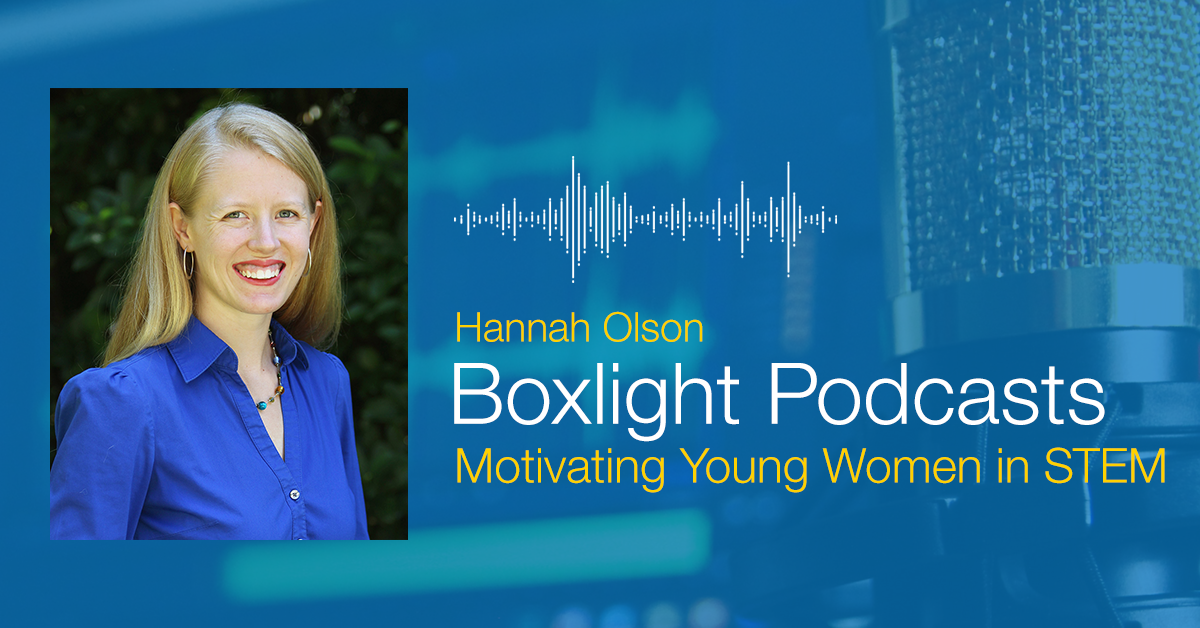
Hannah Olson, Co-Creator of the award-winning MyStemKits STEM Curriculum, recently spoke with Larry Jacobs from Equity and Access Pre K-12 (ace-ed.org) on the topic of STEM education and careers, particularly encouraging young women to explore what STEM has to offer.
Olson herself was not inspired by her STEM-related education experiences growing up, particularly science where she said she was simply taught to memorize. It wasn’t until after earning an Animation and Art degree then getting a job with a STEM-focused company that she discovered her love of STEM. The company, now MyStemKits, was partnering with Florida State University to create affordable, hands-on learning tools for educators. They decided that 3D printer technology helped teachers create the exact manipulatives they needed versus going through traditional manufacturers. Olson stepped in to design the 3D models where her love of STEM began. Olson said –
It started with designing and developing the 3D tools and has grown well beyond that where I’m writing lesson plans for robots and sensors and creating engineering challenges for students where they have to learn how to do their own 3D modeling and design and figure out all the problems that come with that because engineering is inherently about solving problems. It’s so much fun!
She also shared data that according to 2019 census data, 27% of STEM roles were filled by women. When Jacobs asked how MyStemKits helps girls become interested in STEM, Olson shared, “Hands-on problem solving, that sort of engaging, interactive experience is what I try to create with the lessons.”
When asked about how the lessons Olson creates speak to the general call for more cultural responsiveness in education, Olson commented that all learners need relatable role models: “Relatable role models is huge. Because even 40 years ago, 1970s, women were only 8% of STEM roles – they didn’t see themselves in that position. Now, it’s so much easier to find relatable role models.”
Olson went on to explain that when creating new lessons, she tries to ensure that students can imagine themselves in the variety of STEM-related situations possible as well link those STEM skills to careers: “We put a career connection in every one of our lesson plans.”
To hear more of this lively and informative conversation, listen to the podcast: Motivating Young Women Into STEM Careers.


